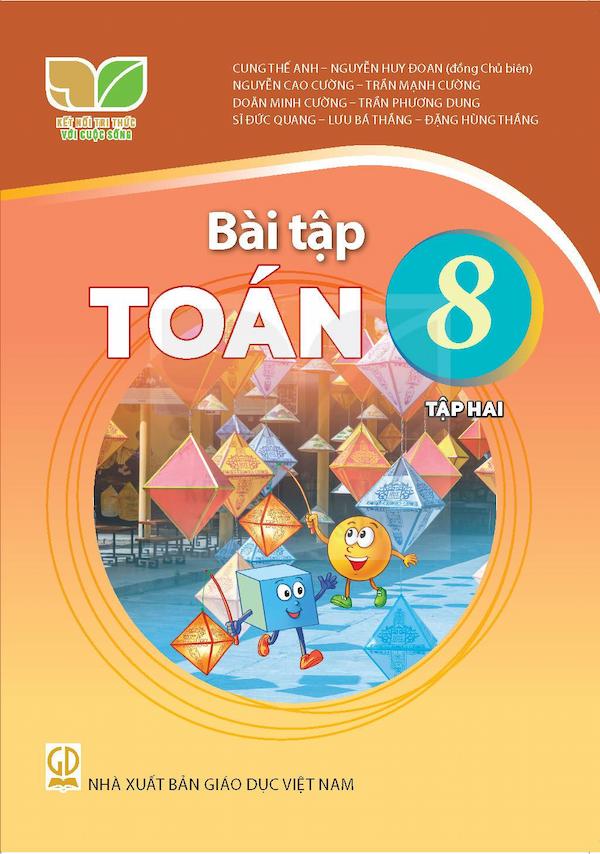
INTRODUCTION
Tiếng Anh 2 – Sách học sinh is the second of the two-level English textbook series for Vietnamese primary school pupils. It follows MOET's (2018) Chương trình làm quen tiếng Anh lớp 1 và lớp 2. Communication- and topic-based in design, and learner centred in teaching methodology, it aims to acquaint pupils with basic English language skills, with an emphasis on listening and speaking. It consists of 16 units, four Fun Time sections and four Review units.
I. Unit components
Tiếng Anh 2 – Sách học sinh follows a sequence of presentation, practice and production, developing English at a basic level through topic- and task-based learning units, Fun Time sections and Review units. All of these are richly illustrated to provide pupils with easy-to-grasp and memorable lessons, as well as an enjoyable experience of learning English.
Each unit consists of three lessons on a topic related to pupils'interests, needs, abilities and daily lives. The eight activities in each unit are designed to invoke a sense of familiarity and organised to provide thorough listening, speaking, reading and writing practice.
Each lesson provides material for one teaching period (equal to 30 to 35 minutes). The lessons contain concise and clear instructions for a wide range of activities arranged in a logical progression, helping pupils to develop the ability to interact with each other in English in both its spoken and written forms.
A variety of games, chants, songs, stories and TPR (total physical response) activities aim to facilitate pupils' ability to reproduce the language in a fun and engaging way. Tiếng Anh 2-Sách học sinh also creates a feeling of familiarity through the recurring appearance of both Vietnamese and English characters, including Ba, Kate, Ken, Phonic Phil and Super Sue.
The following is a brief description of how a unit is organised:
Lesson 1
Lesson 1 acquaints pupils with the context in which the target sound and words are to be learnt. It contains two activities: Listen and repeat and Point and say.
1. Listen and repeat.
In this activity, a large, colourful picture presents the learning context. The name and sound of the letter/letter combination and the target words are introduced, and pupils are provided with listening and speaking practice.
2. Point and say.
This activity provides controlled practice of the target sound and words presented in Activity 1. Pupils are required to look again at the picture, point to the target letter/ letter combination and words and pronounce them correctly.
Fun corner
In Fun corner, pupils play a game that helps to further familiarise them with the target words before they move on to Lessons 2 and 3 or reproduce them in a wider context.
Lesson 2
Lesson 2 focuses on phonics and the skills of listening and writing. It contains three activities: Listen and chant, Listen and tick/circle and Look and write.
3. Listen and chant.
In this activity, pupils are presented with a chant that contains the target sound and words, as well as simple sentence structures (pupils may have learnt these structures in Grade 1). The chant is an opportunity for pupils to hear and practise the natural pronunciation, stress, rhythm and intonation of English in a fun and engaging way.
4. Listen and tick/circle.
This activity focuses on improving pupils' listening skills. Pupils are required to look at the pairs of pictures while listening to the recording and demonstrate their understanding by ticking (✓) the correct box or circling the correct letter (a or b).
5. Look and write.
This activity provides writing practice of the target letter/letter combination (upper and, where relevant, lower case). Using visual prompts, pupils are required to identify and complete the target words. Remind pupils to use a pencil (not a pen) to write.
Lesson 3
Lesson 3 focuses on the skills of listening and speaking. It contains three activities: Listen and repeat, Let's talk and Let's sing!.
6. Listen and repeat.
This activity focuses on one or two sentence structures, presented in the form of an illustrated dialogue. Pupils are required to listen to the recording and repeat the sentence structure(s) in order to further familiarise themselves with the language.
7. Let's talk.
This activity provides speaking practice with the target sentence structure(s). Using visual prompts, pupils are required to use the sentence structure(s) and, where appropriate, communicate with each other.
8. Let's sing!
In this activity, pupils are presented with a song that contains the target sentence structure(s). The song is an opportunity for pupils to hear and practise the natural pronunciation, stress, rhythm and intonation of English in a fun and engaging way. Having pupils do actions or clap along can make this a TPR activity.
II. Teaching the unit activities
The following guidelines are for you as teachers when you first start using Tiếng Anh 2 - Sách học sinh. Feel free to make any adjustments, as you know best what you need to teach and what your pupils need to learn, within your own teaching and learning context.
It is advisable to go through the activities of each unit before teaching them in the classroom. This way, you can familiarise yourself with the material, identify what you need to prepare in advance and decide which activities to conduct.
As mentioned, the teaching and learning of English at Grades 1 and 2 follow the learner-centred approach. To do this, each activity contains four components: Goal, Input, Procedure and Outcome (G-1-P-O). G-1-P-O is a logical sequence in which the goal of the activity is set, the input (the context and the language) is presented, a step-by-step procedure is followed (through which pupils practise and produce the target language) and the outcome is subsequently achieved. Activity types vary, with pupils carrying them out individually, in pairs, in groups and/or as a whole class. This provides pupils with speaking and writing practice, and the opportunity to develop the ability to interact with each other in English.
The following is a brief description of G-1-P-O:
Goal:
A clear goal should be established before starting an activity. A goal is what your pupils will achieve that is, what they will be able to do- by the end of the activity. This is very important so that both you and your pupils know what is expected in order to perform well.
Input:
The input is the language (written and/or spoken) and any visual prompts, presented in a particular context, which will enable pupils to complete the activity. Language items should be introduced in a clear and authentic way, and illustrations should be attractive and colourful.
To help pupils understand the context of a particular activity, ask questions such as Who is in the picture? Where are they? and What are they doing?. You could also use gestures or show related pictures. Use English or Vietnamese flexibly, depending on the language proficiency of the class.
Procedure:
The procedure is a step-by-step breakdown of how pupils are to achieve the objective/ outcome. Steps vary depending on the activity, but all are designed to enable pupils to understand the context and target language and to provide plenty of listening, speaking, reading and writing practice.
Outcome:
The outcome is what pupils can do at the end of the activity. Reflecting the goal established at the start of the activity, it details what they have learnt and how they are able to use it, whether listening, speaking, reading or writing.
III. Classroom instructions and expressions
The following are instructions and expressions that can be used in the classroom. These instructions and expressions have been lengthened compared to those used in Grade 1. While giving instructions, teachers can use the expressions flexibly with increased difficulty to suit Grade 2 pupils:
To praise pupils' work:
That's good/fine!
That's correct/right.
Very good!
Well done!
Excellent!
Brilliant!
Good job!
You've done so well today!
To instruct activities in the classroom:
Answer the question. Clap your hands.
Close your books.
Complete the word.
Colour the picture(s).
Draw a number. Then ask your friend.
Draw a picture of...
Listen and repeat.
Listen and tick.
Listen and circle.
Listen, point and say.
Look, read and choose. Then say.
Look and match. Then say.
Look and trace. Then say. Look and write.
Look and write. Then say.
Find and circle the words. Then say.
Look at the letter(s)/flashcard(s)/picture(s)/board.
Let's chant.
Let's play.
Let's sing.
Let's talk.
Open your books.
Point and say.
Put up your hand.
Be quiet, please.
Read and circle.
Read and match.
Read and tick or cross.
Rearrange the letters to make words. Then say.
Read the word(s)/sentence(s) aloud.
Repeat (after me), please.
Say it, please.
Say it in English/Vietnamese.
Sit down, please.
Stand up, please.
Talk to your partner.
Thank you/Thanks/Many thanks.
Write the letter/combination.
Try again.
Work in pairs/groups/Work with a partner to...
Write and say.
Write the words.
Tiếng Anh 2 – Sách học sinh is the second of the two-level English textbook series for Vietnamese primary school pupils. It follows MOET's (2018) Chương trình làm quen tiếng Anh lớp 1 và lớp 2. Communication- and topic-based in design, and learner centred in teaching methodology, it aims to acquaint pupils with basic English language skills, with an emphasis on listening and speaking. It consists of 16 units, four Fun Time sections and four Review units.
I. Unit components
Tiếng Anh 2 – Sách học sinh follows a sequence of presentation, practice and production, developing English at a basic level through topic- and task-based learning units, Fun Time sections and Review units. All of these are richly illustrated to provide pupils with easy-to-grasp and memorable lessons, as well as an enjoyable experience of learning English.
Each unit consists of three lessons on a topic related to pupils'interests, needs, abilities and daily lives. The eight activities in each unit are designed to invoke a sense of familiarity and organised to provide thorough listening, speaking, reading and writing practice.
Each lesson provides material for one teaching period (equal to 30 to 35 minutes). The lessons contain concise and clear instructions for a wide range of activities arranged in a logical progression, helping pupils to develop the ability to interact with each other in English in both its spoken and written forms.
A variety of games, chants, songs, stories and TPR (total physical response) activities aim to facilitate pupils' ability to reproduce the language in a fun and engaging way. Tiếng Anh 2-Sách học sinh also creates a feeling of familiarity through the recurring appearance of both Vietnamese and English characters, including Ba, Kate, Ken, Phonic Phil and Super Sue.
The following is a brief description of how a unit is organised:
Lesson 1
Lesson 1 acquaints pupils with the context in which the target sound and words are to be learnt. It contains two activities: Listen and repeat and Point and say.
1. Listen and repeat.
In this activity, a large, colourful picture presents the learning context. The name and sound of the letter/letter combination and the target words are introduced, and pupils are provided with listening and speaking practice.
2. Point and say.
This activity provides controlled practice of the target sound and words presented in Activity 1. Pupils are required to look again at the picture, point to the target letter/ letter combination and words and pronounce them correctly.
Fun corner
In Fun corner, pupils play a game that helps to further familiarise them with the target words before they move on to Lessons 2 and 3 or reproduce them in a wider context.
Lesson 2
Lesson 2 focuses on phonics and the skills of listening and writing. It contains three activities: Listen and chant, Listen and tick/circle and Look and write.
3. Listen and chant.
In this activity, pupils are presented with a chant that contains the target sound and words, as well as simple sentence structures (pupils may have learnt these structures in Grade 1). The chant is an opportunity for pupils to hear and practise the natural pronunciation, stress, rhythm and intonation of English in a fun and engaging way.
4. Listen and tick/circle.
This activity focuses on improving pupils' listening skills. Pupils are required to look at the pairs of pictures while listening to the recording and demonstrate their understanding by ticking (✓) the correct box or circling the correct letter (a or b).
5. Look and write.
This activity provides writing practice of the target letter/letter combination (upper and, where relevant, lower case). Using visual prompts, pupils are required to identify and complete the target words. Remind pupils to use a pencil (not a pen) to write.
Lesson 3
Lesson 3 focuses on the skills of listening and speaking. It contains three activities: Listen and repeat, Let's talk and Let's sing!.
6. Listen and repeat.
This activity focuses on one or two sentence structures, presented in the form of an illustrated dialogue. Pupils are required to listen to the recording and repeat the sentence structure(s) in order to further familiarise themselves with the language.
7. Let's talk.
This activity provides speaking practice with the target sentence structure(s). Using visual prompts, pupils are required to use the sentence structure(s) and, where appropriate, communicate with each other.
8. Let's sing!
In this activity, pupils are presented with a song that contains the target sentence structure(s). The song is an opportunity for pupils to hear and practise the natural pronunciation, stress, rhythm and intonation of English in a fun and engaging way. Having pupils do actions or clap along can make this a TPR activity.
II. Teaching the unit activities
The following guidelines are for you as teachers when you first start using Tiếng Anh 2 - Sách học sinh. Feel free to make any adjustments, as you know best what you need to teach and what your pupils need to learn, within your own teaching and learning context.
It is advisable to go through the activities of each unit before teaching them in the classroom. This way, you can familiarise yourself with the material, identify what you need to prepare in advance and decide which activities to conduct.
As mentioned, the teaching and learning of English at Grades 1 and 2 follow the learner-centred approach. To do this, each activity contains four components: Goal, Input, Procedure and Outcome (G-1-P-O). G-1-P-O is a logical sequence in which the goal of the activity is set, the input (the context and the language) is presented, a step-by-step procedure is followed (through which pupils practise and produce the target language) and the outcome is subsequently achieved. Activity types vary, with pupils carrying them out individually, in pairs, in groups and/or as a whole class. This provides pupils with speaking and writing practice, and the opportunity to develop the ability to interact with each other in English.
The following is a brief description of G-1-P-O:
Goal:
A clear goal should be established before starting an activity. A goal is what your pupils will achieve that is, what they will be able to do- by the end of the activity. This is very important so that both you and your pupils know what is expected in order to perform well.
Input:
The input is the language (written and/or spoken) and any visual prompts, presented in a particular context, which will enable pupils to complete the activity. Language items should be introduced in a clear and authentic way, and illustrations should be attractive and colourful.
To help pupils understand the context of a particular activity, ask questions such as Who is in the picture? Where are they? and What are they doing?. You could also use gestures or show related pictures. Use English or Vietnamese flexibly, depending on the language proficiency of the class.
Procedure:
The procedure is a step-by-step breakdown of how pupils are to achieve the objective/ outcome. Steps vary depending on the activity, but all are designed to enable pupils to understand the context and target language and to provide plenty of listening, speaking, reading and writing practice.
Outcome:
The outcome is what pupils can do at the end of the activity. Reflecting the goal established at the start of the activity, it details what they have learnt and how they are able to use it, whether listening, speaking, reading or writing.
III. Classroom instructions and expressions
The following are instructions and expressions that can be used in the classroom. These instructions and expressions have been lengthened compared to those used in Grade 1. While giving instructions, teachers can use the expressions flexibly with increased difficulty to suit Grade 2 pupils:
To praise pupils' work:
That's good/fine!
That's correct/right.
Very good!
Well done!
Excellent!
Brilliant!
Good job!
You've done so well today!
To instruct activities in the classroom:
Answer the question. Clap your hands.
Close your books.
Complete the word.
Colour the picture(s).
Draw a number. Then ask your friend.
Draw a picture of...
Listen and repeat.
Listen and tick.
Listen and circle.
Listen, point and say.
Look, read and choose. Then say.
Look and match. Then say.
Look and trace. Then say. Look and write.
Look and write. Then say.
Find and circle the words. Then say.
Look at the letter(s)/flashcard(s)/picture(s)/board.
Let's chant.
Let's play.
Let's sing.
Let's talk.
Open your books.
Point and say.
Put up your hand.
Be quiet, please.
Read and circle.
Read and match.
Read and tick or cross.
Rearrange the letters to make words. Then say.
Read the word(s)/sentence(s) aloud.
Repeat (after me), please.
Say it, please.
Say it in English/Vietnamese.
Sit down, please.
Stand up, please.
Talk to your partner.
Thank you/Thanks/Many thanks.
Write the letter/combination.
Try again.
Work in pairs/groups/Work with a partner to...
Write and say.
Write the words.




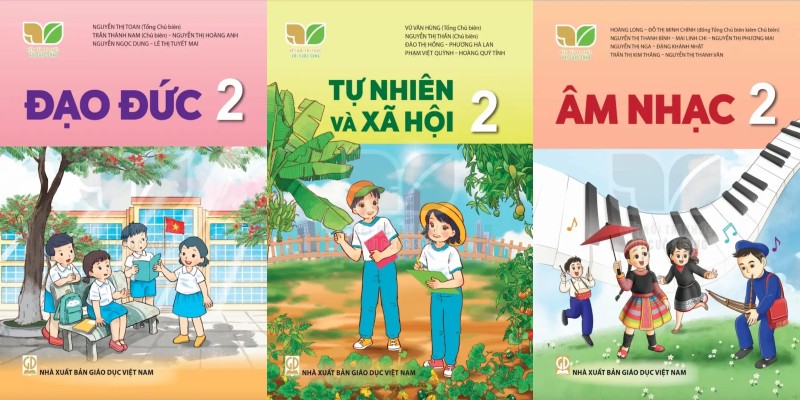
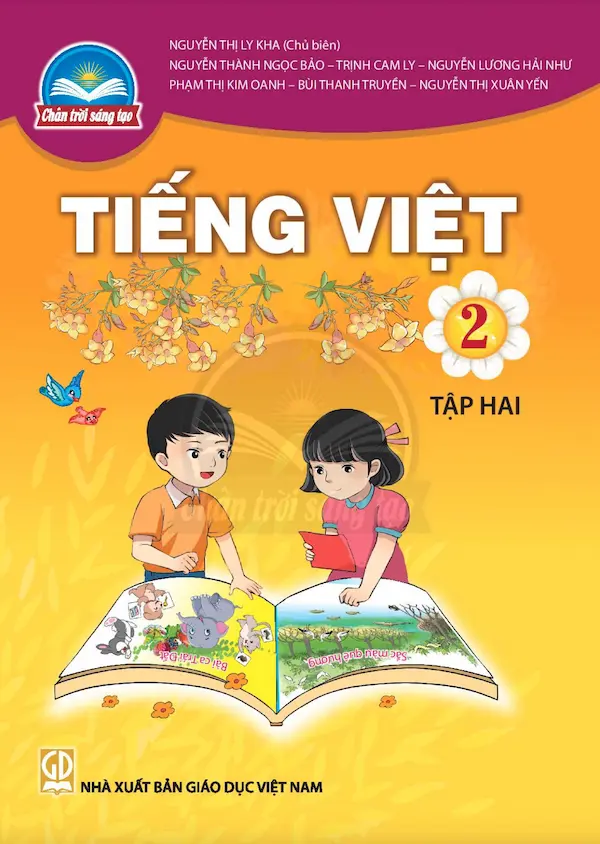
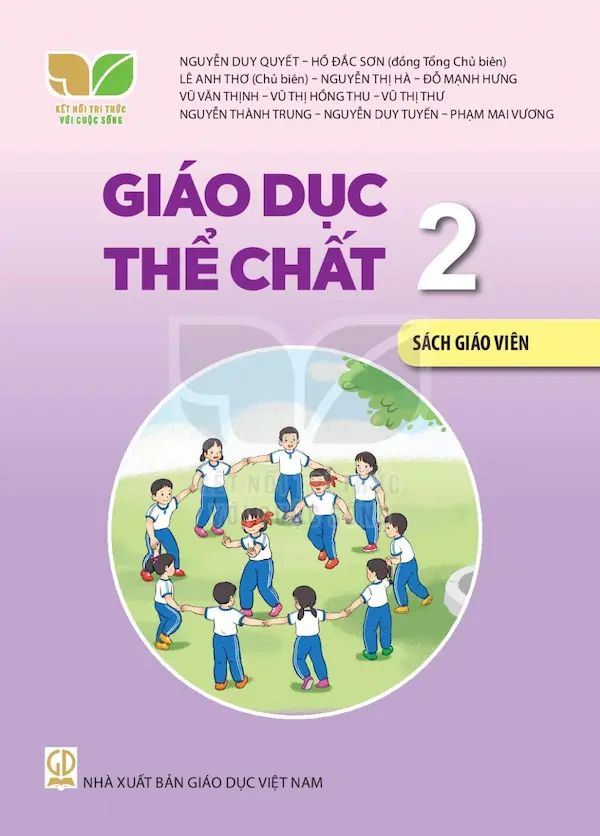
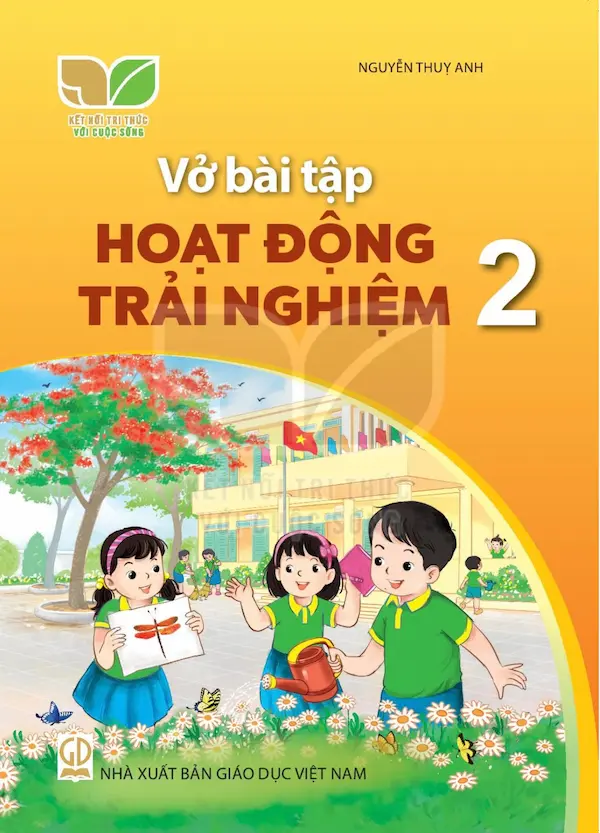
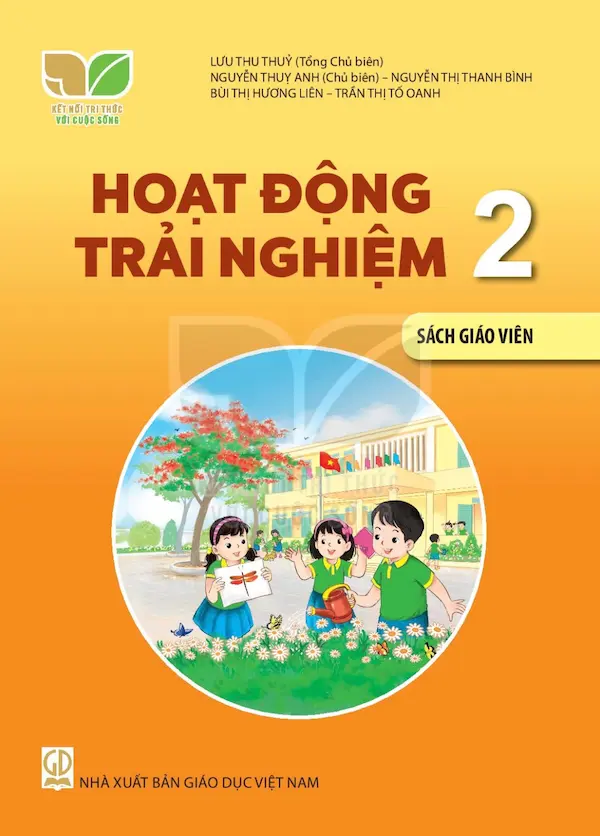
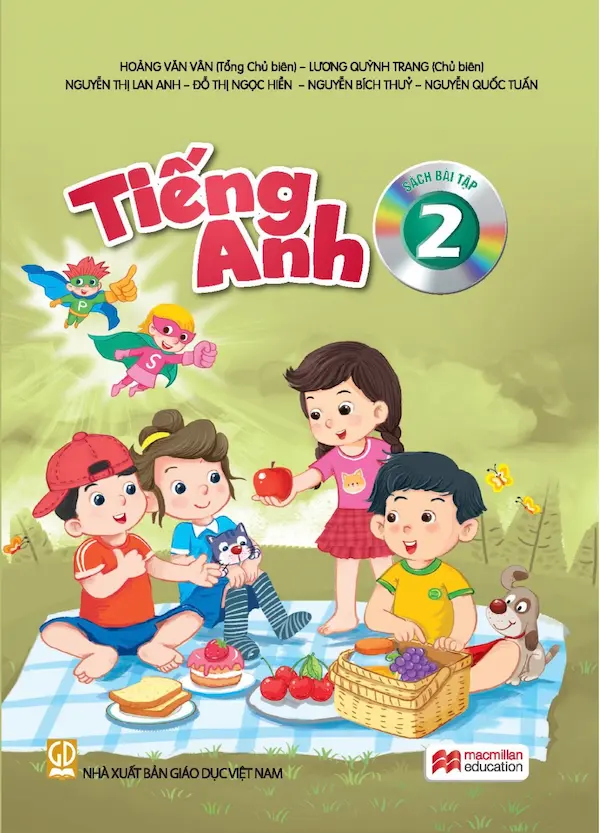
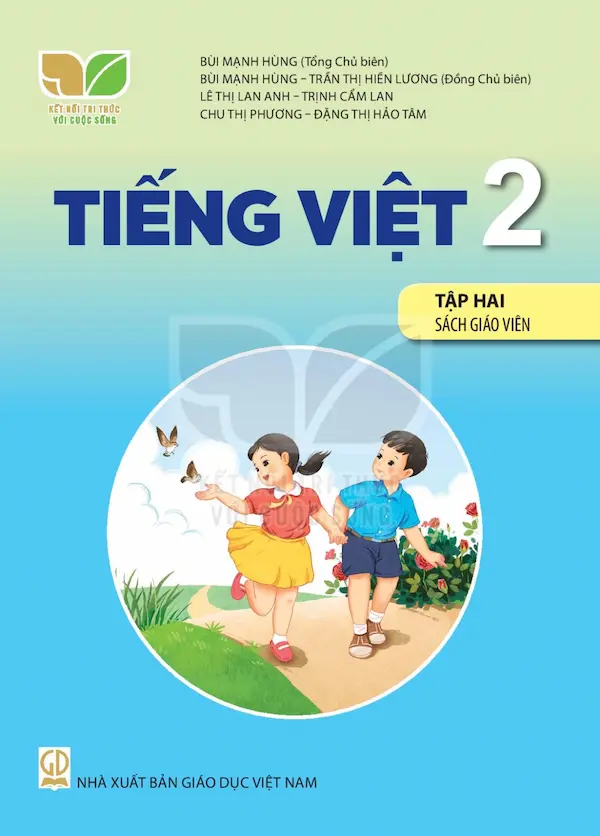
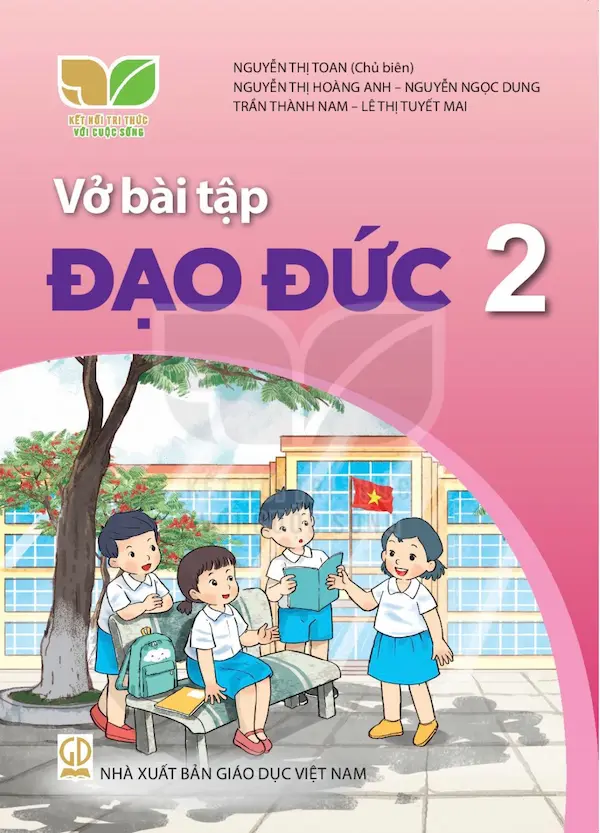
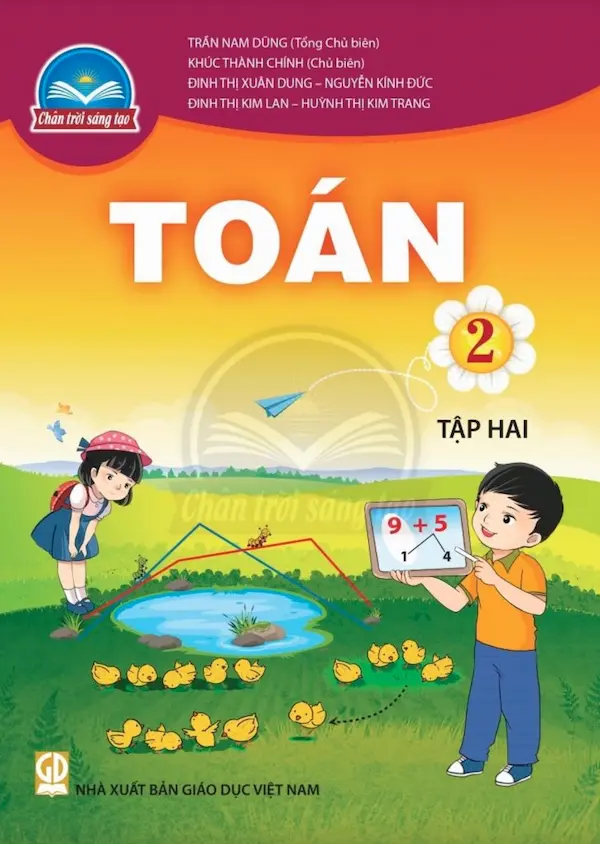
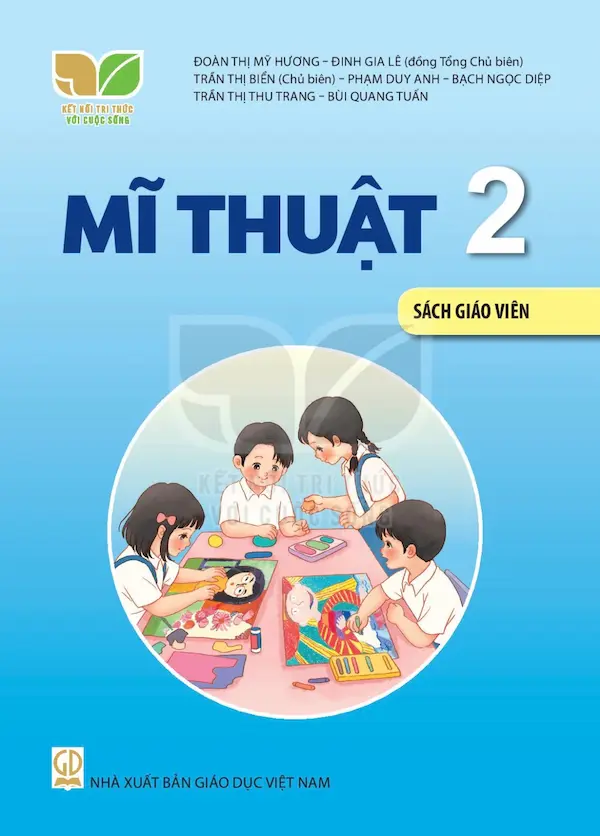
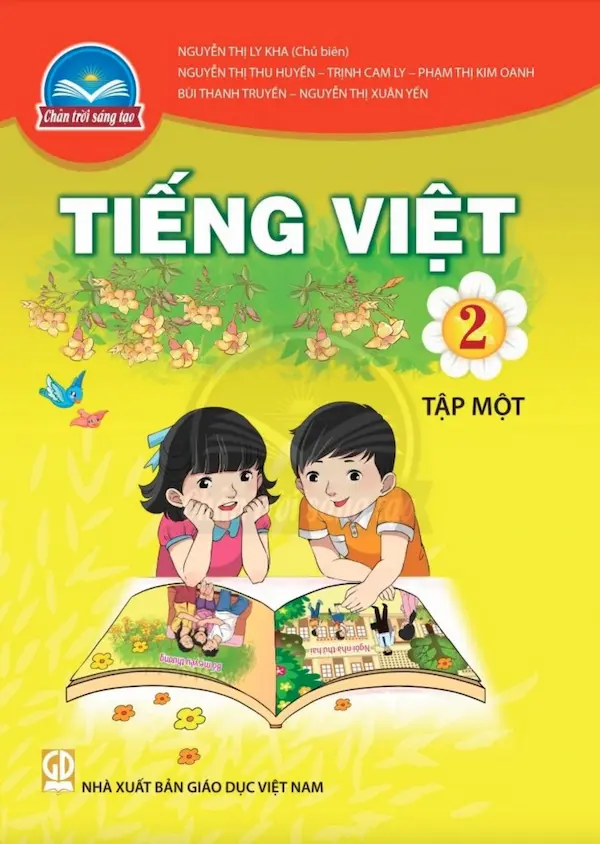
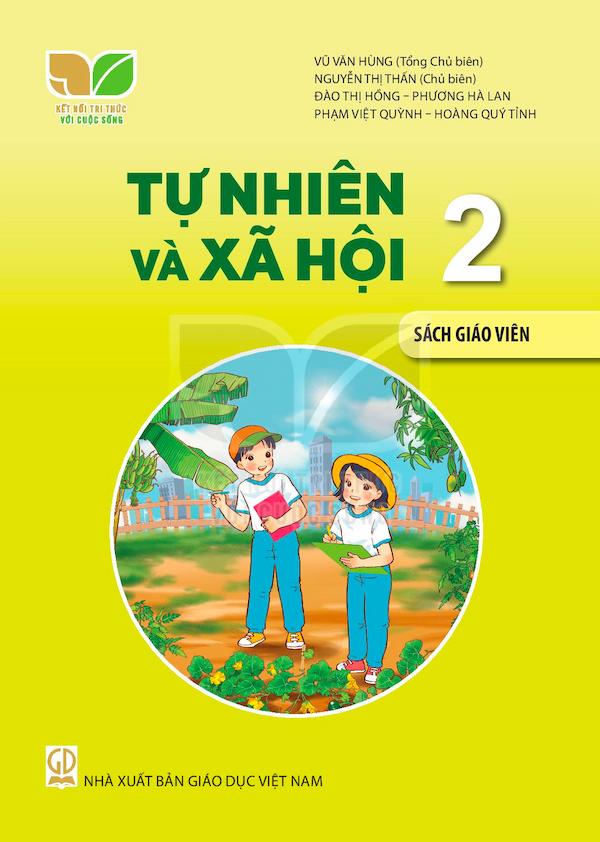
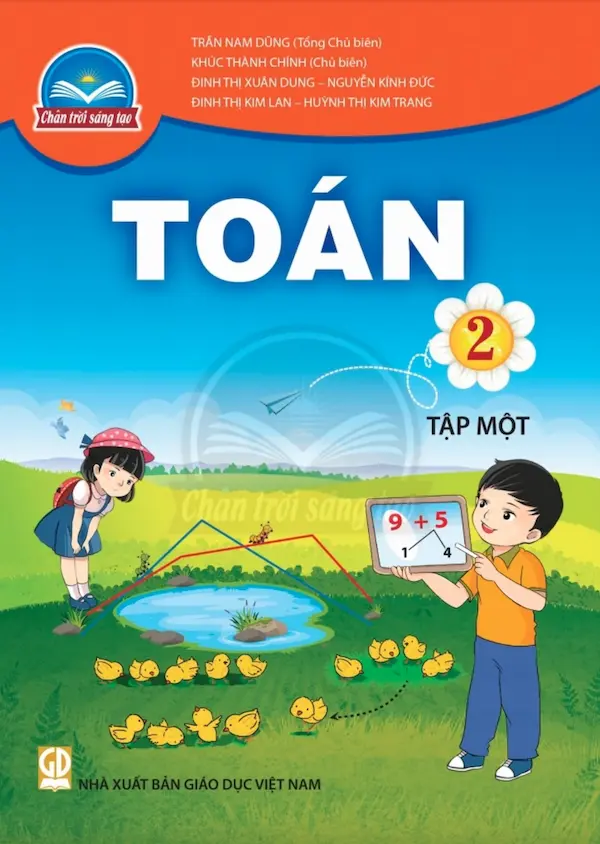

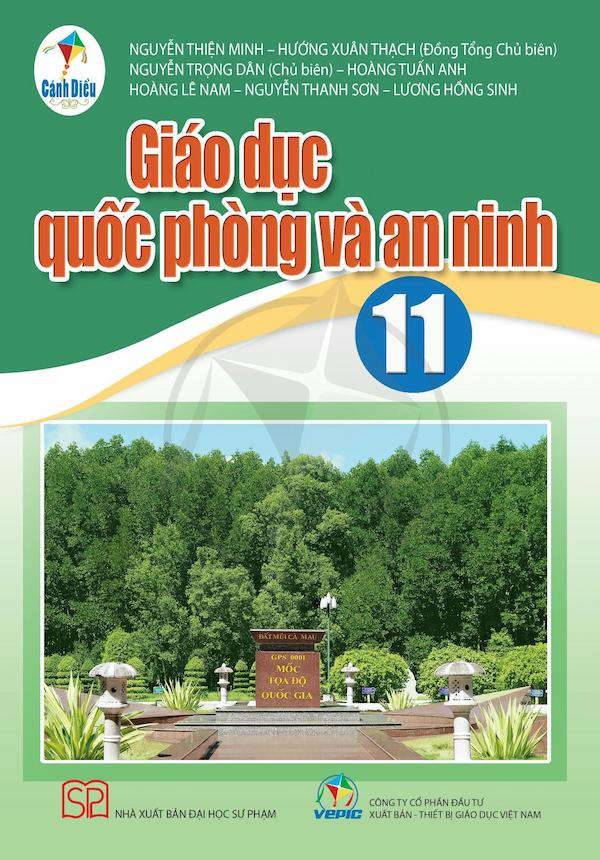
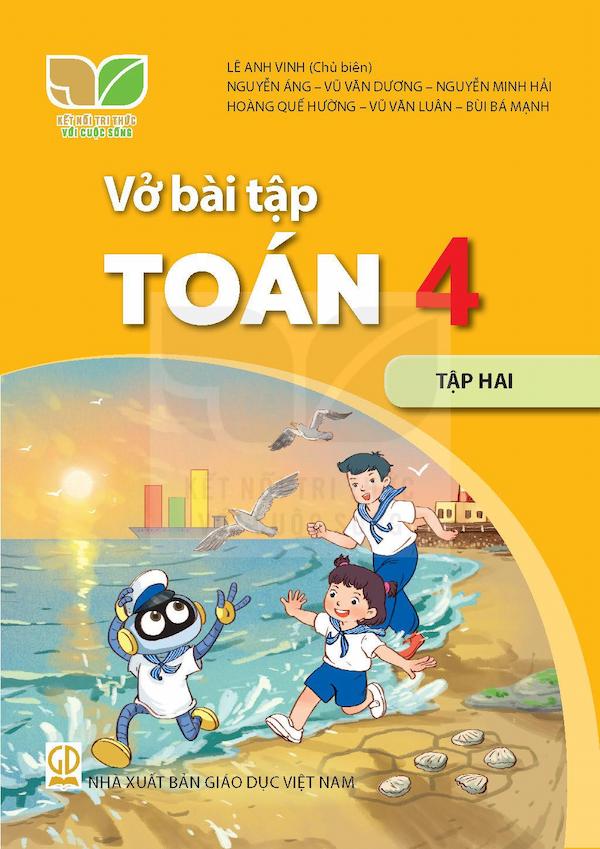
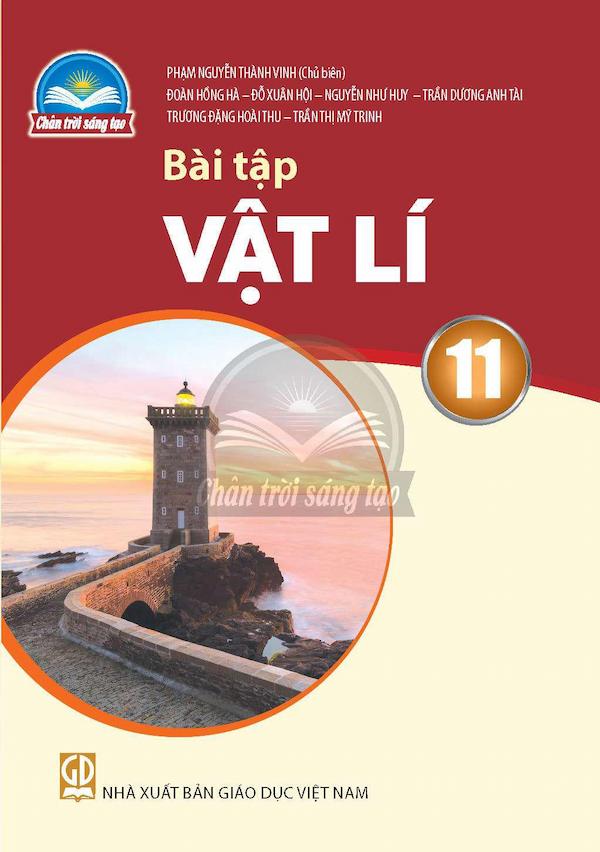






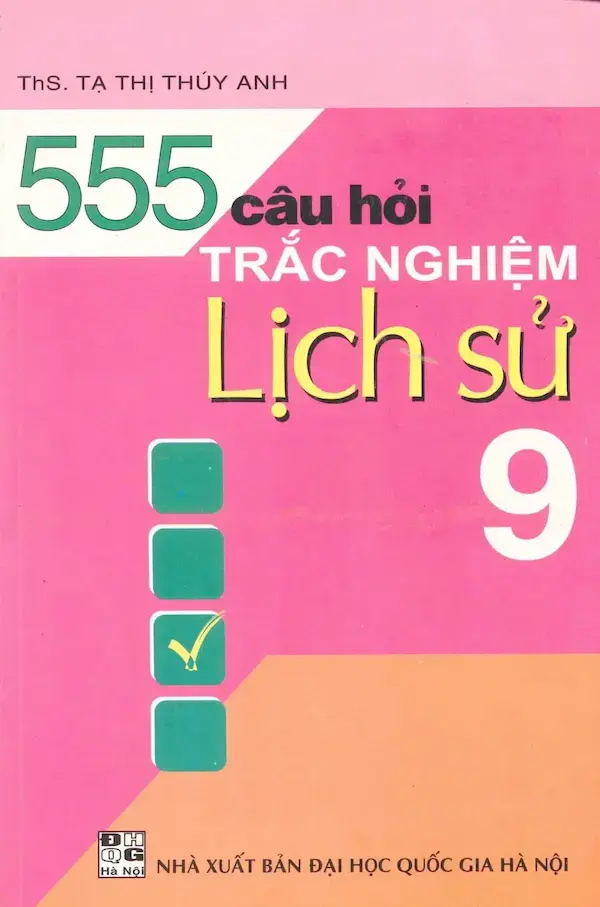
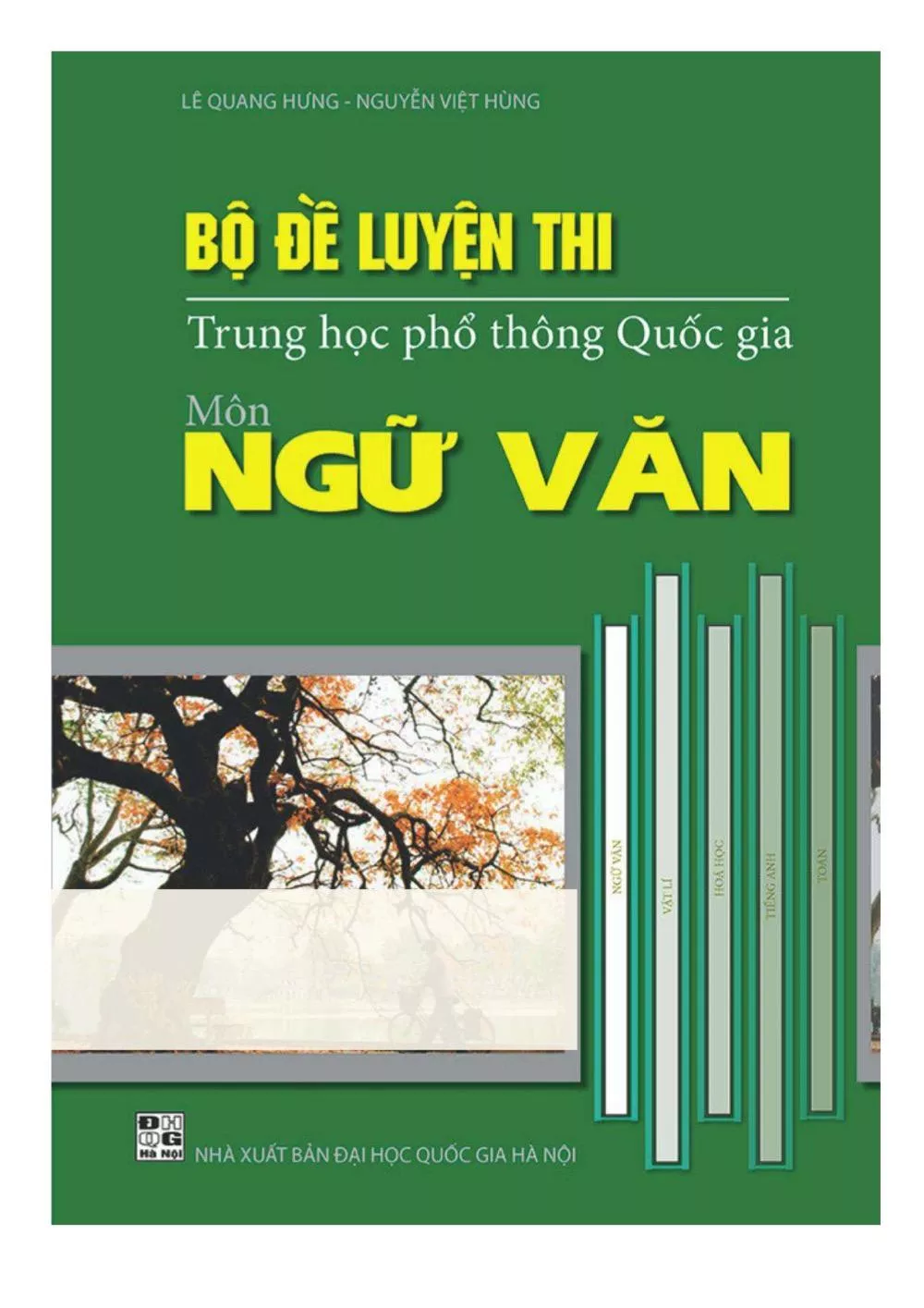
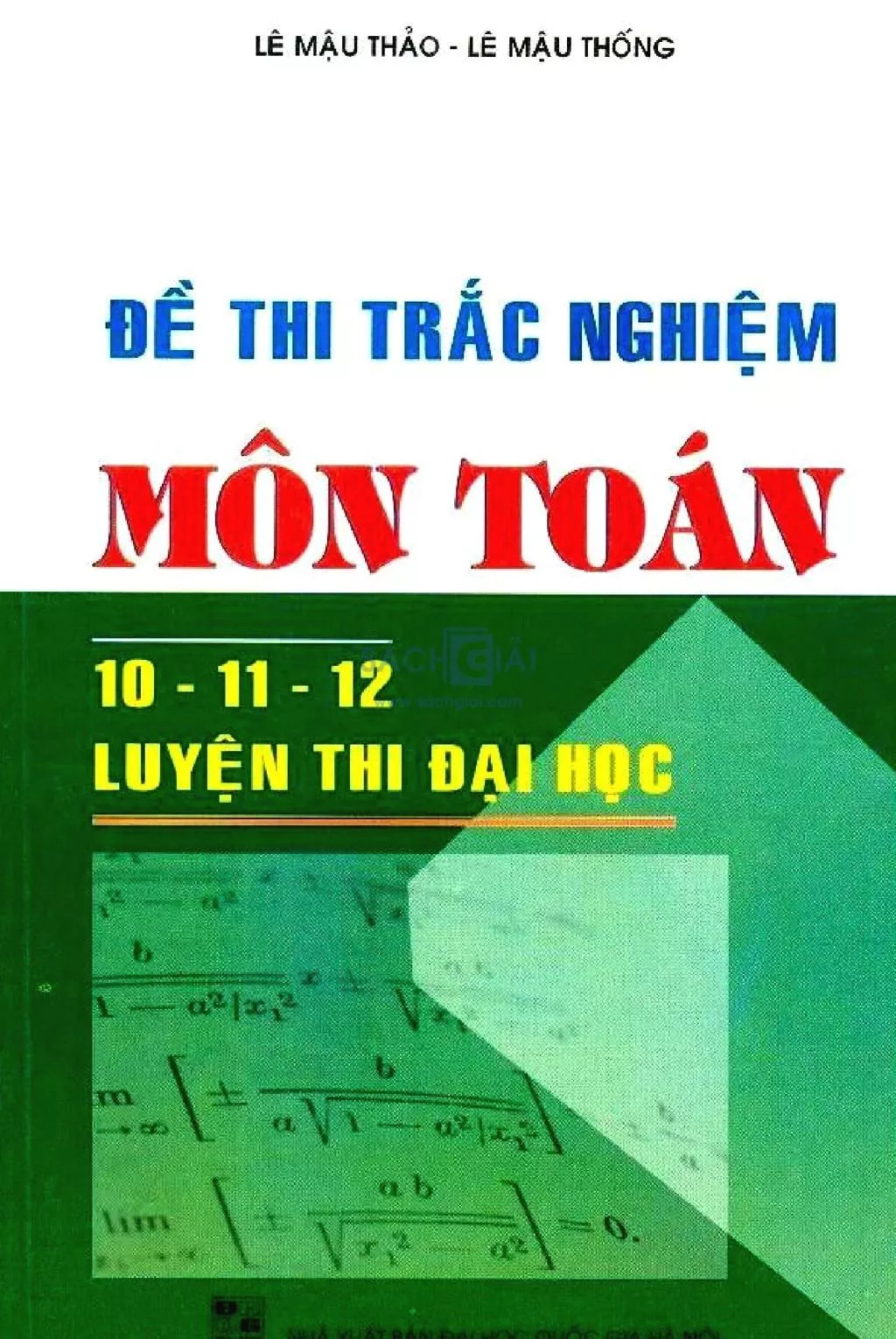
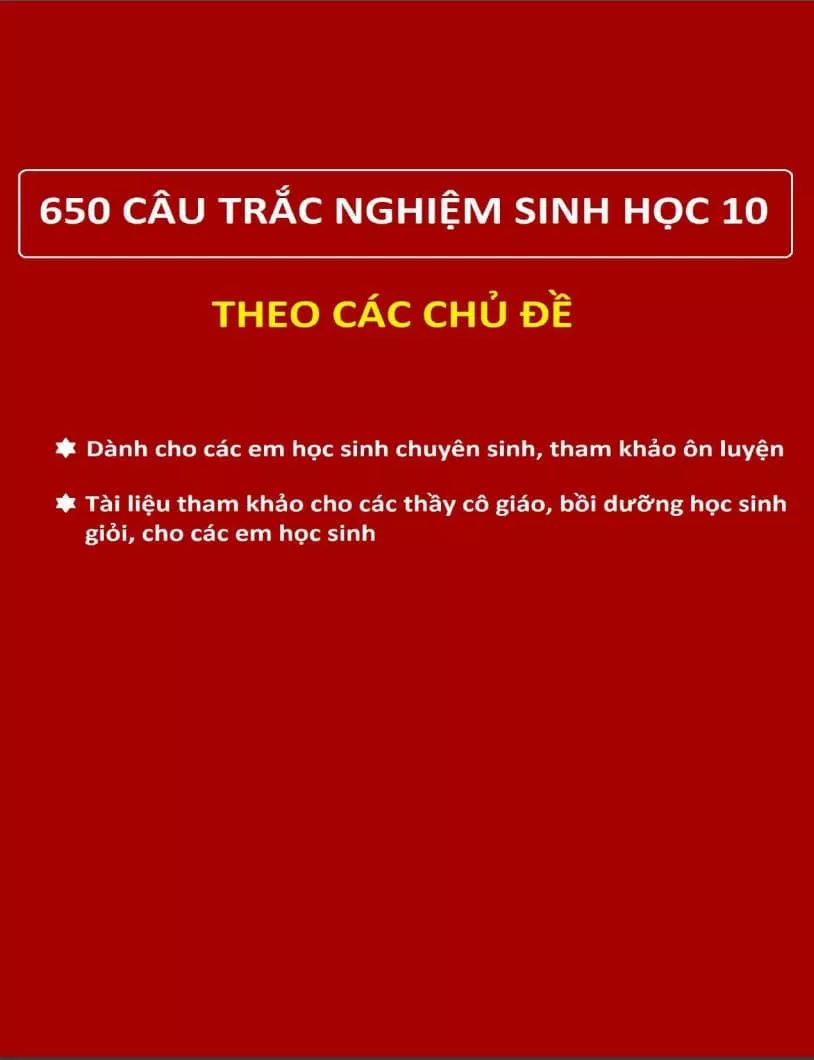
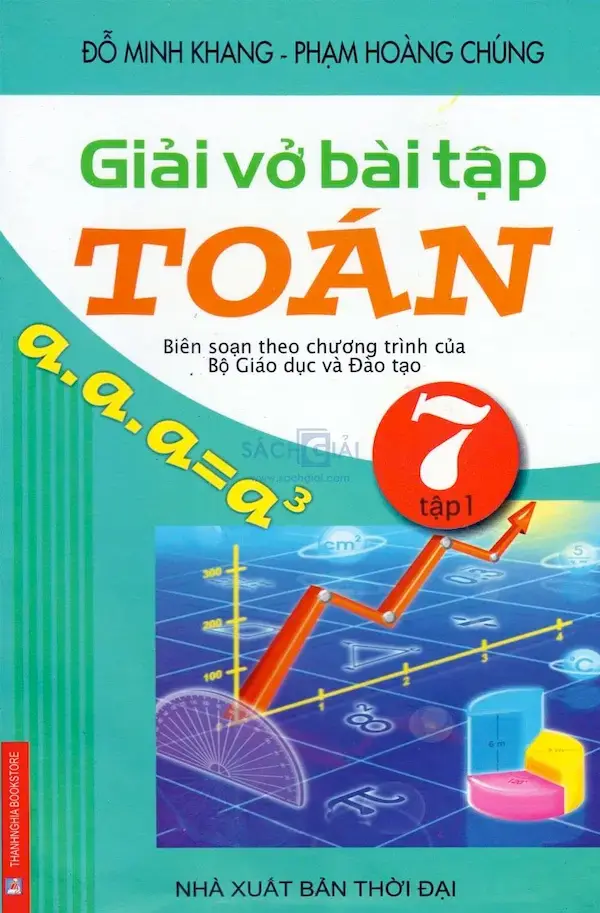
.webp)